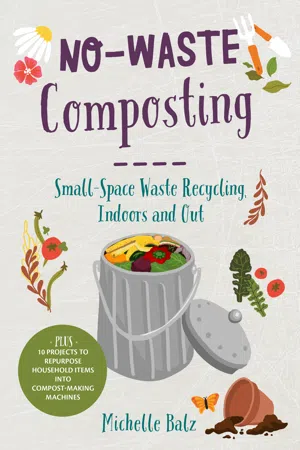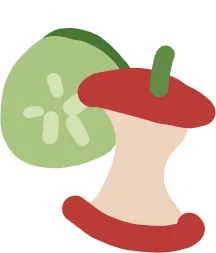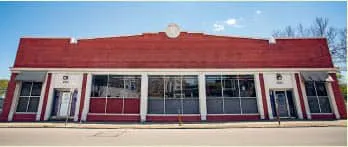
No-Waste Composting
Small-Space Waste Recycling, Indoors and Out. Plus, 10 projects to repurpose household items into compost-making machines
- 128 pages
- English
- ePUB (mobile friendly)
- Available on iOS & Android
No-Waste Composting
Small-Space Waste Recycling, Indoors and Out. Plus, 10 projects to repurpose household items into compost-making machines
About this book
In No-Waste Composting, you’ll discover the hows and whys of composting and find over a dozen practical step-by-step plans for building both indoor and outdoor composting systems that require a minimal amount of space.
“I don’t have enough space to compost.”
“I don’t know what’s safe to compost and what isn’t.”
“I live in the city, so I don’t think I can compost.”
“Indoor composting systems are smelly.”
“I don’t have a garden, so I don’t need to compost.”
If any of these is your excuse for not composting, then this is the book for you! Small-space composting has never been easier, more efficient, and more eco-friendly. Composting keeps millions of tons of waste out of landfills and creates carbon-sequestering, nutrient-dense compost that can be used to help fuel plant growth (including houseplants!) and build soil health.
- Build a DIY worm-composting system for a cupboard or garage
- Craft a layered, under-the-sink composting system from terra cotta pots
- Construct a simple outdoor compost bin from repurposed wooden pallets
- Use upcycled wire fencing to build a mobile composting system on the driveway
- Learn how to compost larger sticks and branches to build new food and flower gardens
- Upcycle a plastic bucket to make an indoor compost fermenting system
Plus, you’ll find plans to keep cat and dog waste out of the landfill by using a groundbreaking (and safe) DIY composting system. And if you don’t garden, author and composting professional Michelle Balz offers plenty of other ways you can utilize the wonderful, crumbly compost you create.
Whether you’re just starting your no-waste journey or you’re a seasoned recycling and repurposing pro, No-Waste Composting is an invaluable tool to have at your side.
This book is part of the Cool Springs Press No-Waste Gardening series, which also includes No-Waste Kitchen Gardening and No-Waste Organic Gardening.
Frequently asked questions
- Essential is ideal for learners and professionals who enjoy exploring a wide range of subjects. Access the Essential Library with 800,000+ trusted titles and best-sellers across business, personal growth, and the humanities. Includes unlimited reading time and Standard Read Aloud voice.
- Complete: Perfect for advanced learners and researchers needing full, unrestricted access. Unlock 1.4M+ books across hundreds of subjects, including academic and specialized titles. The Complete Plan also includes advanced features like Premium Read Aloud and Research Assistant.
Please note we cannot support devices running on iOS 13 and Android 7 or earlier. Learn more about using the app.
Information

CHAPTER
1
No-Waste Lifestyle and Benefits of Composting


NO-WASTE LIFESTYLE






BENEFITS OF COMPOSTING
FEEDING THE SOIL
Table of contents
- Cover
- Title Page
- Contents
- Introduction
- Chapter 1 No-Waste Lifestyle and Benefits of Composting
- Chapter 2 Composting Basics
- Chapter 3 Low-Maintenance Outdoor Composting
- Chapter 4 Integrate Composting into Your Garden
- Chapter 5 Unique Indoor Composting Systems
- Chapter 6 Composting Pet Manure in Your Backyard
- Chapter 7 Harvesting and Using Your Finished Compost
- Bibliography and Reference List
- Acknowledgments
- About the Author
- Index
- Copyright
- Dedication